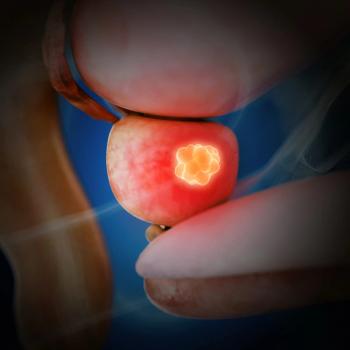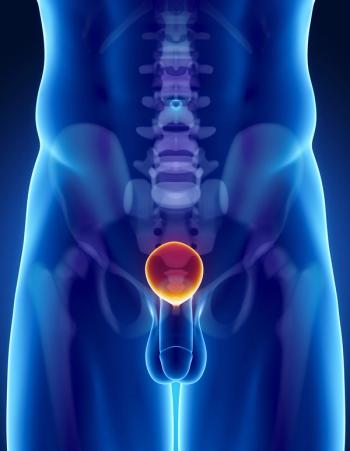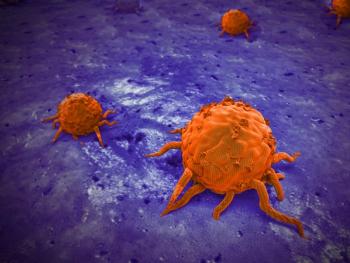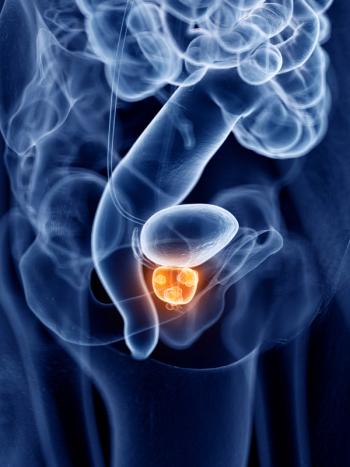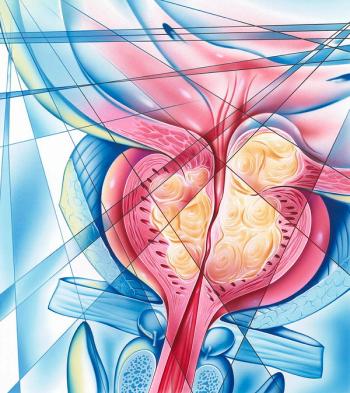
Oncology NEWS International
- Oncology NEWS International Vol 6 No 12
- Volume 6
- Issue 12
Device Helps Surgeons Locate and Spare Cavernous Nerves in the Prostate
NEEDHAM, Mass-UroMed Corporation has received FDA clearance for marketing of its nerve-locating product, the CaverMap Surgical Aid. The device is intended to guide surgeons during radical prostatectomy in mapping and ultimately sparing the cavernous nerves responsible for potency.
NEEDHAM, MassUroMed Corporation has received FDA clearance for marketing of its nerve-locating product, the CaverMap Surgical Aid. The device is intended to guide surgeons during radical prostatectomy in mapping and ultimately sparing the cavernous nerves responsible for potency.
In an initial study, Laurence Klotz, MD, research director, Division of Surgical Oncology, Toronto Bayview Regional Cancer Center, found that the proportion of prostate cancer patients who regained erections within a year of surgery improved from 30% without the device to 92% with the device.
The CaverMap Surgical Aid senses the microscopic cavernous nerve filaments and allows the surgeon to navigate around them while operating. Nerve function can be measured by stimulation at the end of the procedure.
The device is designed as an adjunct to current open prostatectomy procedures in which a nerve-sparing technique is used, the company said. It is not intended to replace the surgeons expertise in mapping the neurovascular bundles.
The system uses state-of-the-art electronics to intraoperatively stimulate and sense the function of the cavernous nerves. It integrates leading-edge nerve stimulation methods, ultrasensitive sensing technology, and ergonomic design tailored for use deep in the pelvic cavity.
During the operation, the surgeon places a probe on tissue in the area of the cavernous nerves, starts the stimulation, and checks for tumescence response. The surgeon uses this information to understand where the cavernous nerve is located and help decide where to make the dissection in order to remove the cancer and potentially spare the nerve.
Articles in this issue
almost 28 years ago
Team-Based Approach to Managed Specialty Carealmost 28 years ago
Children’s Art Project at M.D. Andersonalmost 28 years ago
Office of Cancer Survivorship Grants Awards for First 20 Studiesalmost 28 years ago
Laparoscopic Colectomy May Prove Equivalent to Open Surgeryalmost 28 years ago
Advice on Negotiating BMT Service Contractsalmost 28 years ago
Komen Debuts New Websites on Breast Canceralmost 28 years ago
‘MDs Too Often Fail to Give Adequate Analgesic Doses’almost 28 years ago
Breach of Fiduciary Duty-How to Defend Against Italmost 28 years ago
Survivors Help Women Deal With Breast Cancer Diagnosisalmost 28 years ago
University of Utah’s Huntsman Cancer Institute Joins NCCNNewsletter
Stay up to date on recent advances in the multidisciplinary approach to cancer.


